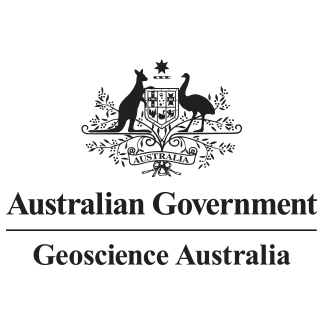Brief description
This record was retired 29/03/2022 with approval from S.Oliver as it has been superseded by eCat 132310 GA Landsat 7 ETM+ Analysis Ready Data Collection 3
Surface Reflectance (SR) is a suite of Earth Observation (EO) products from GA. The SR product suite provides standardised optical surface reflectance datasets using robust physical models to correct for variations in image radiance values due to atmospheric properties, and sun and sensor geometry. The resulting stack of surface reflectance grids are consistent over space and time which is instrumental in identifying and quantifying environmental change. SR is based on radiance data from the Landsat TM/ETM+ and OLI sensors.
Lineage
Maintenance and Update Frequency: asNeeded
Statement: Landsat Archive
GA has acquired Landsat imagery over Australia since 1979, including TM, ETM+ and OLI imagery. While this data has been used extensively for numerous land and coastal mapping studies, its utility for accurate monitoring of environmental resources has been limited by the processing methods that have been traditionally used to correct for inherent geometric and radiometric distortions in EO imagery. To improve access to Australia's archive of Landsat TM/ETM+/OLI data, several collaborative projects have been undertaken in conjunction with industry, government and academic partners. These projects have enabled implementation of a more integrated approach to image data correction that incorporates normalising models to account for atmospheric effects, BRDF and topographic shading (Li et al., 2012). The approach has been applied to Landsat TM/ETM+ and OLI imagery to create the SR products. The advanced supercomputing facilities provided by the National Computational Infrastructure (NCI) at the Australian National University (ANU) have been instrumental in handling the considerable data volumes and processing complexities involved with production of this product. Surface Reflectance Correction Models Image radiance values recorded by passive EO sensors are a composite of: surface reflectance; atmospheric condition; interaction between surface land cover, solar radiation and sensor view angle; and land surface orientation relative to the imaging sensor.
It has been traditionally assumed that Landsat imagery display negligible variation in sun and sensor view angles, however these can vary significantly both within and between scenes, especially in different seasons and geographic regions (Li et al., 2012). The SR product delivers modeled surface reflectance from Landsat TM/ETM+/OLI/ data using physical rather than empirical models. Accordingly, this product will ensure that reflective value differences between imagery acquired at different times by different sensors will be primarily due to on-ground changes in biophysical parameters rather than artifacts of the imaging environment.
Integrated Time Series Data Once consistent and comparable measures of surface reflectance have been retrieved from EO data, it is possible to quantify changes in Earth surface features through time. Given the growing time series of EO imagery, this landmark facility will streamline the process of reliably monitoring long-term changes in land and water resources.




